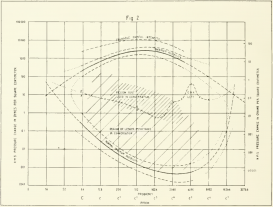In late 1920s New York, telephone engineers publicly measured city noise using equipment from mass hearing tests, and named the results as percentages of hearing loss. This is the context in which noise was first systematically quantified in terms of loudness and the unit of the decibel was developed.
The apparatus and practices that were used to measure city noise had been developed for hearing tests in both otology and telephone engineering. Our project therefore investigates this media and knowledge history as rooted in the shared undertaking of otological and telephone research in the early twentieth century. Practices for the measurement of sound and hearing in these diverse fields were affected by a shared media dispositif. But how exactly did that dispositif shape notions of noise and sound, and, subsequently, of city dwellers, public policy, and urban culture? Even today, the common understanding of city noise bears traces of the concept of “transmission impairment” (Mara Mills) that helped to frame views of the degree to which communication was restricted by unwanted sonic interference.
Our study of the decibel is part of a larger book project on the history of sonic thinking. We are interested in the sound engineering approaches that contributed to a transition from qualitative to quantitative understandings of sound phenomena, restructuring prevalent orders of sounds in the 1920s.

